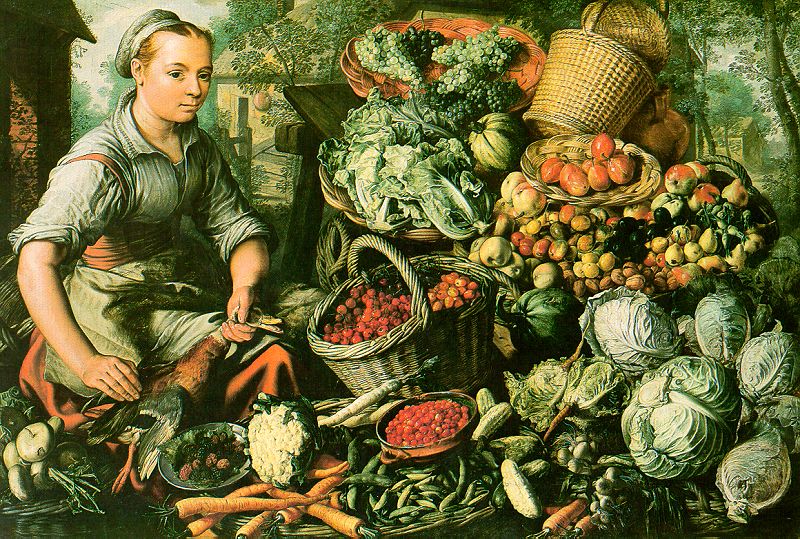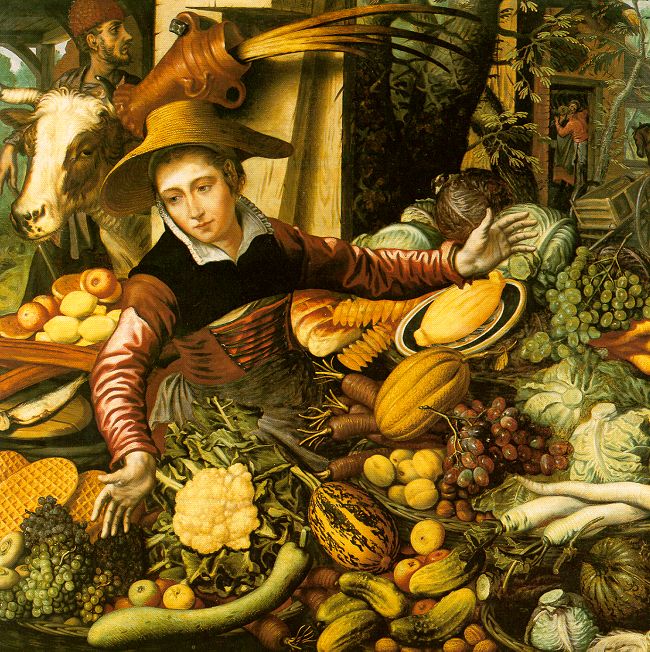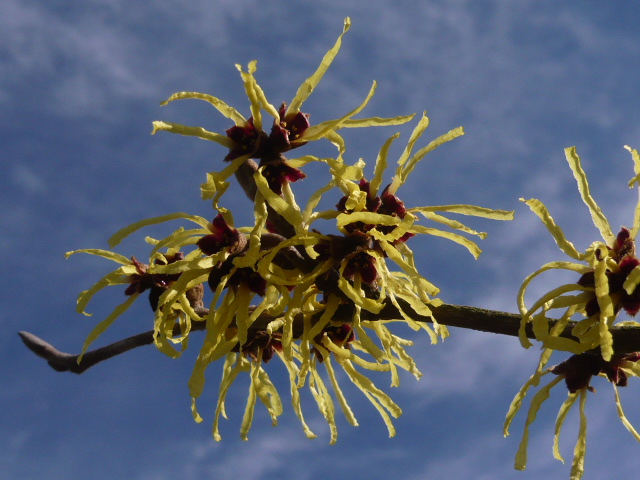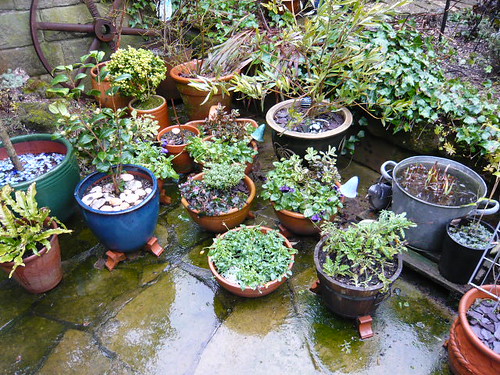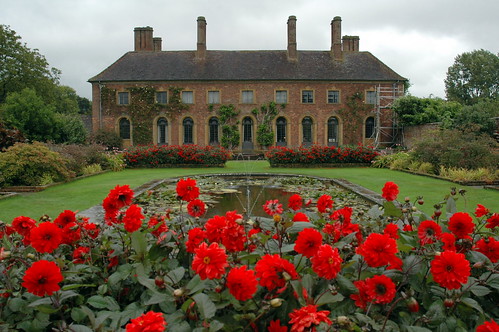Growing Pots of Grass
This is not an injunction to grow Pot, Hash, Skunk, Kief, or Marijuana all correctly forms of Canabis sativa relatives of which produce hemp. Rather my suggestion is to use a pot or container to grow a collection of Grasses.
Contrasting colours, textures, habits and heights will provide long lasting interest. The grasses will be tactile and give a sense of movement in a breeze.The pot can be moved around to change the display.
The combination of plants are endless but this is a selection of easy to grow and obtain grasses that you could start with.
- Miscanthus sinensis ‘Variegatus’
- Carex flagellifera
- Carex comans ‘Frosted Curls’
- Stipa tenuissima
- Festuca glauca ‘Golden Toupee’
How to Pot Up
Select a pot, 15″ diameter will hold the 5 plants.
Put broken crocks or stones at the bottom of a container with holes for drainage.
Half fill with compost containing slow release fertilizer and water storing gel granules.
Cram the plants in close together to get an instant effect.
Pack in the remaining compost around the roots and sides of the plants.
Put some pebbles or grit on the surface of the compost to retain moisture.
Water and enjoy the display.
